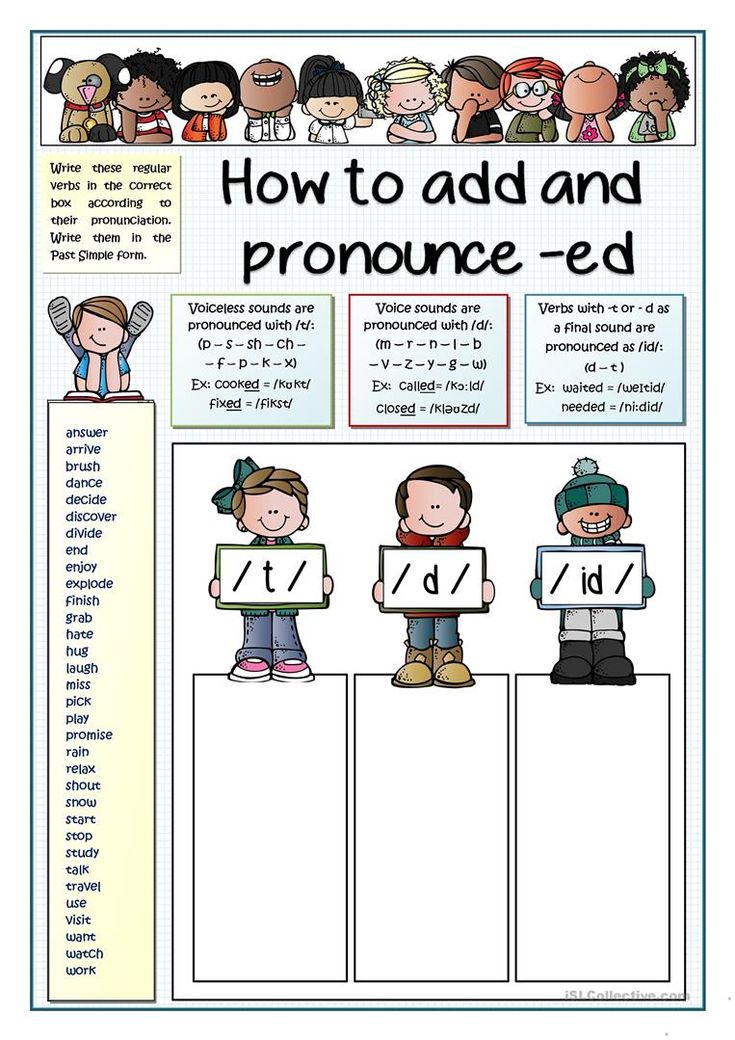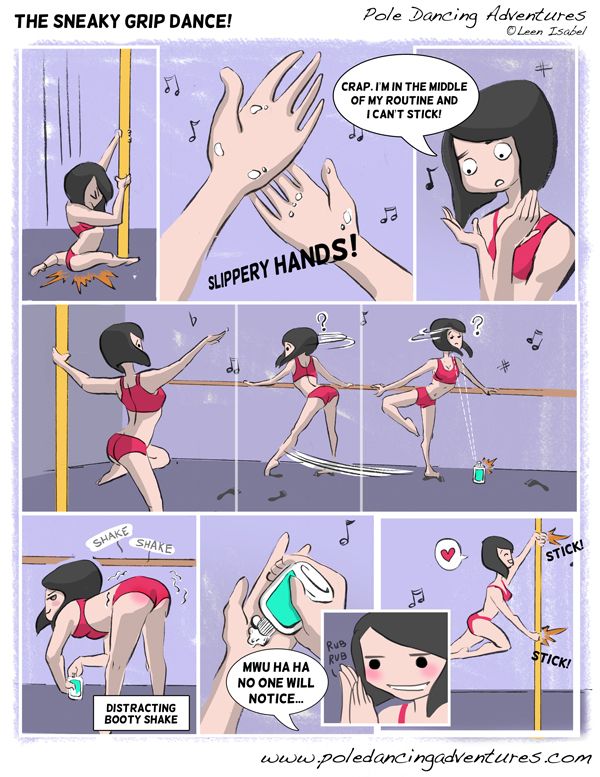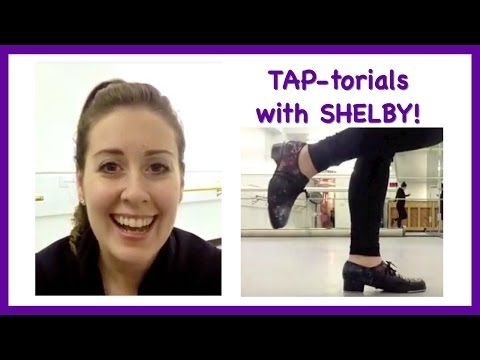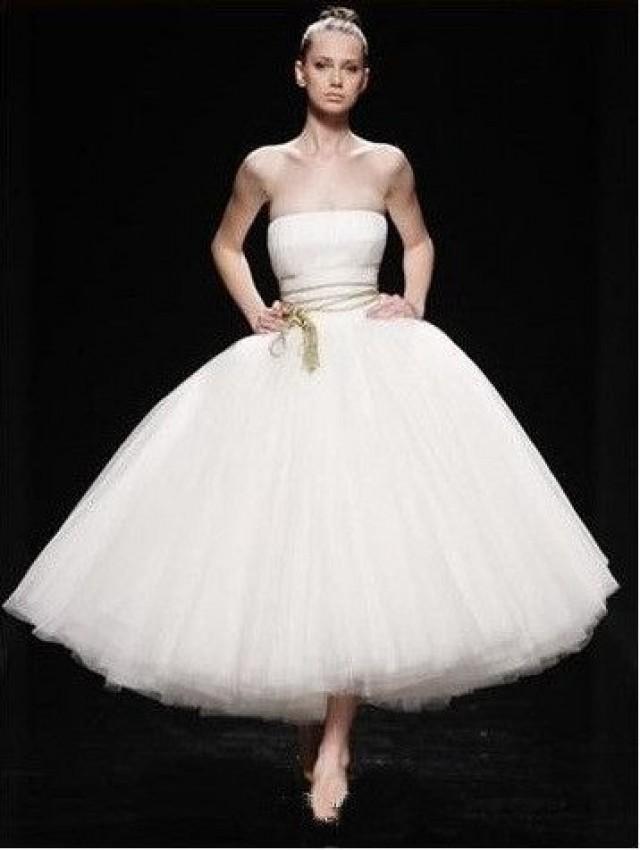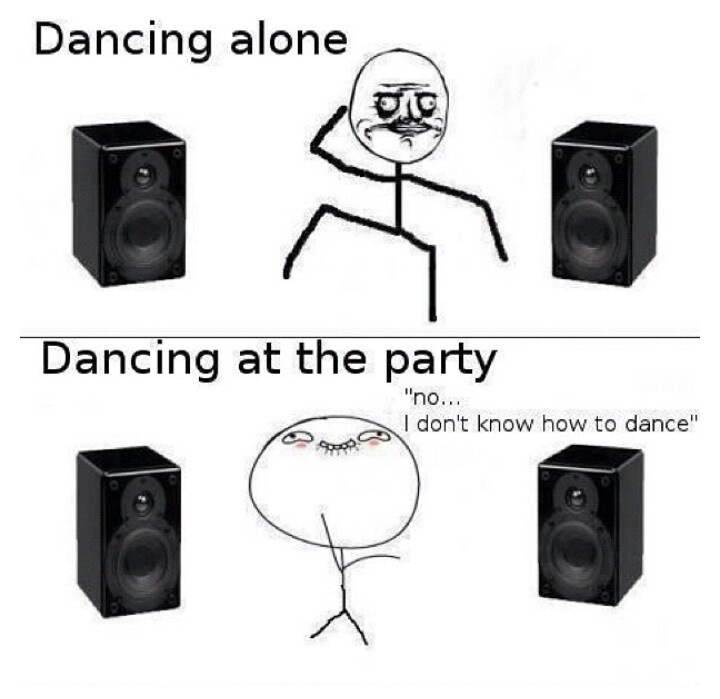How to monetize dance videos on youtube
How Do Dancers Make Money on YouTube?
Dance videos are some of the most popular videos on YouTube. Many dancers can build huge audiences on YouTube and get millions of views. But have you ever wondered- how do dancers make money on YouTube? After all, many popular creators earn money by making videos, so surely dance channels are no different, right?
Dancers make money on YouTube primarily through affiliate marketing and brand deals. They also make money through paid gigs where they take part in music videos or teach a class. Sometimes, dancers monetize their videos through Google AdSense, but this is not very common as dance videos tend to contain copyrighted music.
Monetizing dance videos are done in the same way many other types of videos are monetized. Whether a channel creates vlogging videos or dancing videos, the monetization methods employed for each are usually the same. So, while dancing channels are different from other types of channels, they are monetized similarly to other types of channels.
Can You Monetize Dance Videos
Before we go any further, we need to address the question: Can you monetize dance videos? There are a lot of misconceptions about monetizing dance videos, and these misconceptions lead to lost revenue for many dancers. Keep in mind, when we speak of monetizing dance videos, we are speaking of monetizing them with Google AdSense.
The biggest issue dancers face when trying to monetize their videos with AdSense is copyright. Since dance videos feature music, many videos are copyright claimed by the musicians or production companies. This makes it so all the money the dance video makes through AdSense goes to the musician or production company- not the dancer.
If you are thinking of creating dance videos, just be aware that many songs will result in your videos getting copyright claimed. Of course, as you'll learn, there are many other ways to monetize videos aside from Google AdSense. However, many people only think of AdSense as a monetization option, which is why it was important for this question to be addressed.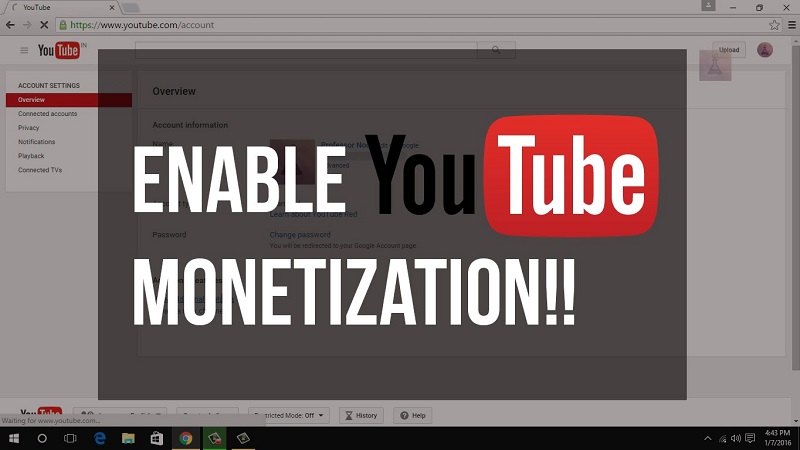
How Dancers Make Money on YouTube
Dancers can make money on YouTube in a variety of different ways. Often, dancers tend to employ multiple monetization methods at the same time like artists and musicians. This leads to a more stable and secure income. Some monetization methods will work better in certain situations, but all monetization methods can be done organically and effectively.
On YouTube, dancers primarily make money through:
- Affiliate marketing
- Brand deals
- Paid gigs
- Google AdSense
Let's discuss each of these monetization methods in more detail.
Affiliate Marketing
Affiliate marketing is a great way for dancers to make money on YouTube. By promoting different products and services, dancers can earn money. Typically, dancers will promote apparel or health products that they use to keep their bodies healthy and to improve their dancing.
Brand Deals
The are many brands and companies that create products specifically for dancers. Due to this, there are plenty of opportunities for brand deals to take place. For brand deals, a creator is usually paid to bring attention to a particular product or service. A dance channel, for example, might be paid to promote a particular shoe brand.
Due to this, there are plenty of opportunities for brand deals to take place. For brand deals, a creator is usually paid to bring attention to a particular product or service. A dance channel, for example, might be paid to promote a particular shoe brand.
Paid Gigs
Dancers have the luxury of possessing a sellable skill. Often, dancers are hired to take part in music videos. Since a dancer who creates YouTube videos has a large portfolio built, they are likely to be hired to take part in music videos. Along with this, dancers are also sometimes paid to teach dance classes to individuals looking to improve their skills.
Google AdSense
Dance channels often struggle to monetize videos with Google AdSense due to copyright issues. However, in some instances, dance videos can be monetized. Also, many dancers create non-dance videos, such as Q&As and vlogs that can be monetized safely with Google AdSense.
YouTube Dance Cover Copyright
Avoiding copyright issues when creating dance videos is very difficult. Many music artists and production companies automatically claim videos that use their music so they can earn money. However, there are things that dance channels can do to help their videos get copyright claimed less often.
Many music artists and production companies automatically claim videos that use their music so they can earn money. However, there are things that dance channels can do to help their videos get copyright claimed less often.
Sometimes, reaching out directly to a musician or production company can lead to permission for a dancer to use copyrighted music. Many musicians are looking for their music to be heard by more people. So, if a dance channel with an audience creates a dance video using the song, it will be heard by more people.
Overall, avoiding copyright issues is difficult as a dance channel. However, steps can be taken to help with the issue. Dance channels can reach out directly to musicians and production companies for permission to use their music in a video. Also, less popular songs can be used, leading to a smaller chance of a copyright claim taking place.
Examples of Dance Channels on YouTube That Make Money
There are many dance channels on YouTube that make money through different monetization methods.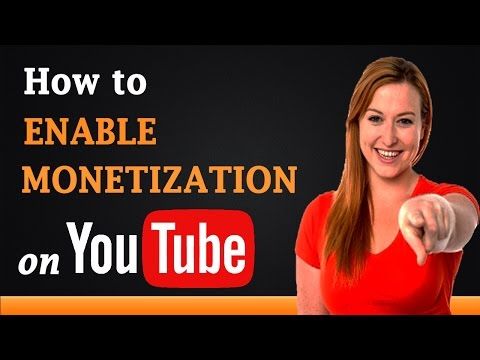 Learning from the dance channels that are successful in monetizing their audience is crucial for any dancer looking to grow and monetize an audience of their own on YouTube.
Learning from the dance channels that are successful in monetizing their audience is crucial for any dancer looking to grow and monetize an audience of their own on YouTube.
Matt Steffanina
Matt Steffanina is a professional dancer and the owner of an incredibly popular YouTube channel. He makes money by monetizing videos with Google AdSense, brand deals, and also through his online academy, DNCR Online Dance Academy. His channel is a fantastic example of how dancers can make money online by building a YouTube audience.
Sabrina Lonis
Sabrina Lonis is a professional choreographer and dance teacher. She makes dance videos for new and popular songs. Her videos are monetized through AdSense, and she also earns money by hosting in-person dance workshops. Sabrina is a great example of a dancer who monetizes her YouTube audience through offline methods.
Conclusion
Dance videos are quite popular on YouTube. Many content creators grow huge audiences through dancing to popular songs. Having an audience leads to monetization options, and dancers similarly monetize their videos to non-dance channels using affiliate marketing and more. This biggest monetization hurdle dance channels commonly face is copyright.
Having an audience leads to monetization options, and dancers similarly monetize their videos to non-dance channels using affiliate marketing and more. This biggest monetization hurdle dance channels commonly face is copyright.
How To Use Copyrighted Music On YouTube
Updated: October 26, 2022
Can I use copyrighted music on YouTube?
There is no shortage of free indie music but it wouldn’t it be better to use a famous song that everyone knows? In fact, in many cases you can!
Read on to learn how you can legally use copyrighted music in your video or vlog and what happens if you use copyrighted music on YouTube.
How YouTube copyright works
YouTube employs a robust copyright system called Content ID that helps music owners to protect their work and to make money to allowing others to use their music in YouTube videos.
Every time you upload a video, YouTube scans it to detect if your video contains any copyrighted music. If it finds a match, you get a copyright claim.
When you get a claim, these things may happen:
Most copyright owners will be OK if you use their music in exchange for having ads running in your video.
Thus, the BIG question is:
How do I know what happens if I use copyrighted music in my video?
To find out, look at YouTube Music Policy database.
UPDATE
YouTube has removed the Music Policy page along with the old Creator Studio. According to YouTube, the page wasn’t “popular enough”.
We’ve published a new post that explains how you can see if any song or piece of music is copyrighted with 100% accuracy.
Related: How to check if song is copyrighted on YouTube
You can read below (and see how great and useful it was) or jump to the next section that discusses how copyright claims affect your channel.
The music policy database lists thousands of popular songs and can tell you EXACTLY what will happen when you use a particular song in a YouTube video.
If you scroll through the policy or look up some of your favorite artists, you’ll notice that some songs are not available at all:
So, it would be a BAD idea to use this song.
Some are available to use if you’re OK with the ads in your videos:
So it would be OK to use this song but..
IMPORTANT: If you use any music listed in the Music Policy database, you will receive a copyright claim notifying you that you use copyrighted content.
Can copyright claims penalize my channel?
Unlike copyright strikes, the claims are merely notifications. It’s how YouTube tells you that it detected some copyrighted content in your video.
As long as your video isn’t blocked and you don’t mind the ads, you can simply ignore the claims.
However, you want to avoid copyright claims when:
a) You monetize your videos. The claim will disable monetization.
b) You create promotional videos for your business or for clients. Claims make ads appear in your videos.
How to avoid copyright claims
If you want to use a well know popular song registered with Content ID, the only way to remove the claim is to get license from the copyright owner.
Sadly, unless you run an advertising agency or a movie studio, licensing top artists would be close to impossible budget-wise.
Learn more how to license commercial music in a film or video.
Not all is lost, though. There is plenty of legal free music on the Web, starting from public domain music, creative commons music, in addition to free music distributed by artists and some music libraries.
However,
You still can get copyright clams for using free music, even if you obtained it legally.
Remember, it depends on whether the music is registered in YouTube’s Content ID database or not. Many artists who distribute their music for free register it with Content ID to make money from the ads.
Based on our experience, we recommend:
a) If you have a personal, non-monetized channel, simply ignore the claims. Your videos will have ads but otherwise won’t be affected. Don’t forget to check YouTube’s music policy database before using any music.
b) If you monetize your channel or create commercial / promotional videos, get proper licenses for all music that you use. You can get license directly from copyright owners or from a music library.
Having a license will give you ability to remove the claim if you ever get one.
Read more: How to resolve YouTube copyright claims
Takeaway
You CAN use copyrighted music on YouTube, as long as you understand the rules.
If a particular song is registered with Content ID, you will get a claim. It doesn’t matter is that song is labelled “royalty free”, “no copyright”, or came from a music library.
Most claims (unlike strikes) are harmless but ads may appear in your video and you may not be able to monetize.
Having a license or a formal permission will help you to quickly and easily resolve copyright claims and in some cases even whitelist your entire channel.
Related: YouTube Copyright: The Ultimate Guide
Related: Non Copyrighted Music For YouTube Videos
Test your knowledge
True or False? I can safely use copyrighted music on YouTube if I give credit.
False! Content ID system does not care whether you give credit of not. If the song is registered in the Content ID system, you will get a claim on your video.
True or False? Will I get a strike if I dispute the claim?
False. There is no penalty for disputing copyright claims.
Questions?
Post a comment
Share This Post
Download 10,000+ Royalty Free Music Tracks And Sound FX
Unlimited download | Lifetime license | Commercial use
YouTube will allow users to monetize videos with licensed music
- Forbes Life
- Olga Mamikonyan Editorial Forbes
As part of YouTube's new Creator Music project, users will be able to use licensed music in their videos without the risk of completely losing monetization. Previously, all income from videos that used licensed compositions went to the copyright holders
Previously, all income from videos that used licensed compositions went to the copyright holders
The YouTube platform is launching the Creator Music project, which will allow content creators to monetize videos with licensed music, representatives of the service said in a statement on the official blog. Previously, the profits from videos that used such compositions were fully sent to the copyright holders.
Finished reading here
“We're introducing Creator Music, a new line of YouTube Studio that will give YouTube content creators access to an ever-growing catalog of music to use in their videos. Creators can now purchase high-quality music licenses that offer full monetization potential,” YouTube said in a statement. nine0005
Related material
As Billboard explains, the program will allow creators to earn income per video through two models. As part of the first, the blogger buys a license to use the composition and, as usual, shares advertising revenue with YouTube, receiving 55% of the profits. The second model assumes that the user does not buy anything and receives only 27.5% of monetization.
As part of the first, the blogger buys a license to use the composition and, as usual, shares advertising revenue with YouTube, receiving 55% of the profits. The second model assumes that the user does not buy anything and receives only 27.5% of monetization.
YouTube representatives said that the Creator Music project is currently in beta testing in the US and will be expanded to markets in other countries in 2023. Launched in 2007, the platform has paid out more than $50 billion to content creators and media companies over the lifetime of the YouTube Partner Program, according to the service. nine0005
The YouTube platform completely suspended content monetization for Russian users in early March. Bloggers from Russia also no longer have access to income from Premium, Music Premium subscriptions and sponsorships.
-
Olga Mamikonyan
Editorial Forbes
#youtube #music #monetization
Forbes newsletter
The most important thing about finance, investment, business and technology
5 Smart Ways to Make Money from Videos
Want to learn how to monetize your channel and start making money on YouTube? We'll cover that in the beginner's guide!
Today we will discuss how to start monetizing content on YouTube and earn money from the channel. There are four golden rules for making money on YouTube:
There are four golden rules for making money on YouTube:
- The channel must have 1000 subscribers
- Videos must have 4000 watch hours in the last 12 months
- You must comply with all YouTube rules and requirements
- You must have an AdSense account set up
#1 YouTube Partner Program Requirements
To join the YouTube Partner Program, or YPP for short, you must meet all four requirements.
Let's start with 1000 subscribers. Everything is pretty clear here: no matter how long it takes you to get 1000 subscribers, but as soon as this happens, the condition is met.
In addition to 1000 subscribers, you need to accumulate 4000 watch hours in the last 12 months. There is confusion with this point, so I will explain everything now. Firstly, it does not take into account all the time that you, the author of the channel, spend watching the video. This counts the hours that people from all over the world spend on videos from your channel. The time they have viewed is taken into account only for the last 12 months (starting from any date). You can reach 4,000 watch hours over the lifetime of your channel, but for the YouTube Partner Program, only the last 12 months are counted. nine0005
The time they have viewed is taken into account only for the last 12 months (starting from any date). You can reach 4,000 watch hours over the lifetime of your channel, but for the YouTube Partner Program, only the last 12 months are counted. nine0005
There are a couple of other important things to note about watch time. Live broadcasts count. Linked videos also count. But if you delete any video, the corresponding watch time will be deducted from your watch hours. Lastly, if you are already a member of the YouTube Partner Program but your views fall below the 4,000 hours mark, you will not be automatically removed from the program, although YouTube may remove you at its sole discretion. If you need more detailed information on the topic of 4000 hours of watching, be sure to watch this video:
To check how far you have progressed in meeting the requirements of the Program, click on your logo in the upper right corner of the YouTube page, and then go to the YouTube Studio beta.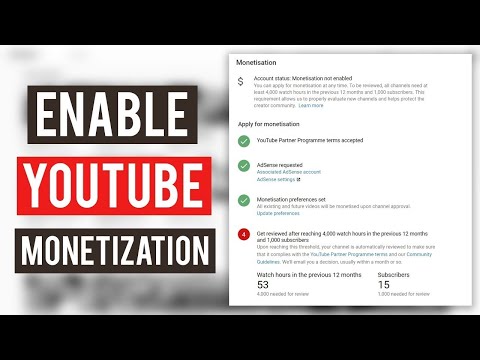 You can see all your analytics here, but to quickly check your progress towards monetization, hover over "More Features" and then click on "Status & Features". On this screen, you will see the monetization field and when you click on "Details", you will find out how many subscribers and hours of viewing you currently have. nine0005
You can see all your analytics here, but to quickly check your progress towards monetization, hover over "More Features" and then click on "Status & Features". On this screen, you will see the monetization field and when you click on "Details", you will find out how many subscribers and hours of viewing you currently have. nine0005
If this all sounds too complicated, we have a free tool to help you do the same things faster and more efficiently. By downloading and installing the vidIQ software, you will see real-time statistics for your channel on the YouTube screen on almost all devices. In particular, there will be information about the number of views per hour, for the last 48 hours, as well as how many subscribers you have. But most importantly, the program will track your progress up to 4000 hours of viewing! As soon as you reach the desired number, the counter will turn green, indicating that this requirement for monetization has been met. nine0005
#2 Following YouTube's monetization policies
Next on the list we have a set of rules. If you want to monetize your content, you must strictly comply with it, because YouTube says:
If you want to monetize your content, you must strictly comply with it, because YouTube says:
By joining the YouTube Partner Program, you will go through a standard verification process to ensure that your channel complies with all YouTube rules and policies. Only those channels that fully correspond to them will be accepted into the program.
YouTube also constantly reviews channels within the program to ensure they continue to follow the platform's rules and guidelines. In turn, they are truly comprehensive, given the fact that YouTube has had to try so many things in order not to offend creators, viewers, or advertisers. I strongly advise you to take a closer look at these rules if you plan to monetize your content in the future.
But if you are not yet able to master them, then remember only one thing: always and everywhere use common sense. If the video seems inappropriate to you, then most likely it is, and you are taking a big risk by uploading it. nine0005
nine0005
№3 Copyright and monetization rules on YouTube
Among all the rules and policies of YouTube, copyright occupies a very special place. If you use other people's work without permission, it may be subject to copyright, and YouTube strongly discourages you from doing so. You will absolutely lose monetization or be unable to enter the YouTube Partner Program. Let's look at everything in more detail.
For many of you, this is the most important monetization rule. Be sure to add value to someone else's content that you monetize: add significant comments to the video, your own interpretations, make it educational. And let's be honest - it's still not enough. You do not get a magical license to permanently use someone else's content, because YouTube may well refuse to monetize you
YouTube advises that if all or most of your channel is devoted to repetitive content and you do not add uniqueness to the original work, then access to the Partner Program is closed to you. The essence of this policy is that YouTube strives to accept only unique content into the program, protecting and rewarding authors for their work.
Some may see this intent as just an excuse that YouTube uses to deny unwanted channels, but let's look at the issue from the other side. Let's say you've spent many days and hours creating amazing content that immediately pops up on YouTube. And then a dozen random creators steal that video of yours, upload it to themselves, get hundreds of thousands of views, and make quite a fortune. What would you feel? This is why YouTube strives to protect unique copyrighted content. nine0005
Of course, repetitive, alien and copyrighted content is a vast gray area on YouTube with a not always unambiguous approach. On the platform, you can find a number of channels that absolutely violate these rules. But you don't know what their personal circumstances are, maybe they've been given permission to use the content, or maybe they'll close shop soon. In any case, do not follow their example. This path will not lead to success.
Basically, YouTube is the gatekeeper who has the keys to all doors. You are a guest on the platform. And if you're breaking local rules, don't be surprised if YouTube gets to you. nine0005
№4 Connecting Google Adsense account to YouTube channel
If you are going to make money from your videos, you need a way to get this payment from YouTube. The easiest is to set up an AdSense account. There are a few things you need to be aware of. If you already have an AdSense account, feel free to use it. You can connect multiple channels to a single AdSense account, and if you don't have one, it's very easy to create one when you apply to join the YouTube Partner Program. nine0005
#5 Applying to join the YouTube Partner Program
Let's go over the requirements again. So, you need:
- Have 1000 subscribers on your YouTube channel
- Accumulate 4000 hours of watching your videos in the last 12 months
- Comply with all YouTube rules and requirements
- Have an AdSense account set up
It can take up to one month for the YouTube Partner Program to receive a platform decision.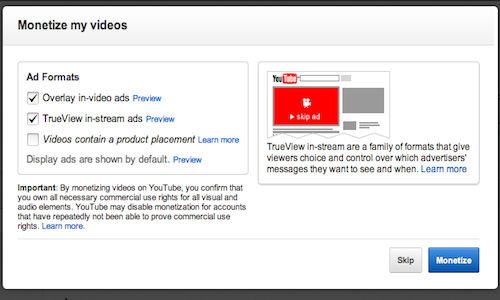 And all because your channel will be checked by people. Manually. Some channels receive approval in a matter of days. So things can happen faster. But if verification takes more than a month, as a rule, the channel will undergo additional review. When this happens, unfortunately, you have to wait a very long time. Three, six or even 12 months. In particularly severe cases, YouTube never makes a decision, leaving the author forever in limbo. nine0005
And all because your channel will be checked by people. Manually. Some channels receive approval in a matter of days. So things can happen faster. But if verification takes more than a month, as a rule, the channel will undergo additional review. When this happens, unfortunately, you have to wait a very long time. Three, six or even 12 months. In particularly severe cases, YouTube never makes a decision, leaving the author forever in limbo. nine0005
We understand this is a very frustrating situation, and many of you have commented on our videos on vidIQ about cases like this. Unfortunately, we have no influence on the process, so we advise you to tweet TeamYouTube to remind you that you are still waiting for a monetization decision.
And while YouTube says it won't speed things up, at least you'll get something done, which is better than nothing.
#6 YouTube Partner Program Denied: What's Next
Suppose you applied to join the YouTube Partner Program and were rejected. What to do next?
What to do next?
When refusing to join the Partner Program, YouTube gives only a general reason. Unfortunately, they don't say which video or content is causing the issue, so you'll have to blindly adjust your feed. But the good news is that after 30 days you will be able to reapply.
Use your common sense and logic. If you feel like some of your videos are on the fringes of community guidelines and platform policies, they probably are. So change them soon. If some videos contain someone else's copyrighted content, most likely they also became the reason for the refusal. Delete them. nine0005
When applying for an affiliate program, authors ask if a warning about a violation of the community guidelines or a charge of copyright infringement can permanently close the door to the program? Forever is unlikely, but it certainly can interfere.
Here you will find a dedicated support page with advice on what to do if you are denied entry into the YouTube Partner Program.
